A Mackerel is a fish in the Scombridae family. Specifically, researchers place Mackerels in the subfamily Scombrinae, along with tuna, Spanish Mackerels, and bonito. They place the “true” Mackerels in the Scombrini tribe, which contains a total of seven species in two taxonomic genuses. Read on to learn about the Mackerel.
Description of the Mackerel
Members of this group have elongated, torpedo-shaped bodies. Their caudal peduncles, or the area just before their tail fins, have an incredibly narrow shape. This helps the fish move swiftly through the water.
The different species grow to different lengths and have different colors and patterns. Most have a silvery coloration. They range in size from 8 in. to 24 in. long and weigh between 1 and 7.5 lbs.
Interesting Facts About the Mackerel
Each species has its own unique traits and adaptations. Learn more about what makes a few individual species unique, below.
- Atlantic Mackerel – Also known as the Boston, Scottish, or Norwegian species, people often catch this species in commercial fisheries. People sell this fish canned, fresh, frozen, and smoked. In fact, these fisheries catch approximately a million tons of this fish every year!
- Indian Mackerel – This species has a much stouter build than its Atlantic cousin. Again, people rely heavily on this species as a source of food, particularly in India and other parts of southern Asia. People often prepare the fish by removing its head and digestive tract, and frying it whole.
- Blue Mackerel – Another species with several fun common names, people refer to this fish as the slimy, Japanese, Pacific, or spotted chub. Researchers used to believe that this species was a subspecies of the next species on our list, but genetic analysis showed the two as separate species.
- Chub Mackerel – Unlike other members in its genus, this species possesses a swim bladder. The swim bladder helps the fish remain neutrally buoyant in the water column using air and gas. A neutrally buoyant fish does not sink or float, so it can easily navigate the waters around it.
Habitat of the Mackerel
Different species in this group have different specific habitat preferences. Some prefer tropical regions with warm waters while others live primarily in temperate zones. Most species prefer coastal habitats near the shore, but utilize pelagic ecosystems within the water column rather than remaining near the bottom.
Distribution of the Mackerel
Each species has its own unique distribution and range. Some live throughout vast regions while others occupy just a small area. You can find various species throughout tropical and temperate seas worldwide. Their range includes the Pacific Ocean, around the Indo-Pacific islands, the Indian Ocean, and the Atlantic Ocean.
Diet of the Mackerel
Again, each species has its own unique dietary preferences. Different species and different sized fish hunt for different prey. However, most feed primarily upon plankton, krill, small crustaceans, detritus, and small fish such as anchovies.
Many species hunt via ram feeding, in which all of the fish in the entire school swim with their mouths open, engulfing prey as the school swims by. Some feed as a school, and some break apart into smaller groups to feed.
Mackerel and Human Interaction
Humans utilize several different species in this group as food sources. Many different commercial fisheries target these fish. Climate change also impacts the survival rate of eggs and larval fish. This activity impacts each species differently.
Some species have large populations, and human activity does not significantly reduce them. Others decline due to human interaction, or populations in specific regions suffer.
Domestication
Humans have not domesticated these fish in any way.
Does the Mackerel Make a Good Pet
No, this fish species does not make a good pet. They swim in large schools and move constantly through open water. This makes them a poor choice for your home aquarium.
Mackerel Care
Aquariums keep some species in this group. They house them in large tanks, often circular in shape, with strong currents to keep them moving and deter them from running into the sides of the tank. They keep the fish in schools, as they would naturally occur in the wild. Their diet typically consists of small fish, krill, mysid shrimp, and similar prey.
Behavior of the Mackerel
Regardless of species, all members of this group have social behavior and live in large schools. They live active lives, swimming in search of food and moving quite swiftly. The schools form based on the size of the fish. Larger fish school together, and smaller fish form separate schools.
Reproduction of the Mackerel
Breeding usually occurs seasonally, and the timing varies based on the species at hand. Reproduction occurs via spawning, where fertilization happens outside of the body. The females release a batch of eggs and the males release their sperm to fertilize them.
The number of eggs produced varies based on the species and size of the fish. A single female can lay hundreds of thousands of eggs in a season. The eggs float freely in the water until hatching into a larval fish.



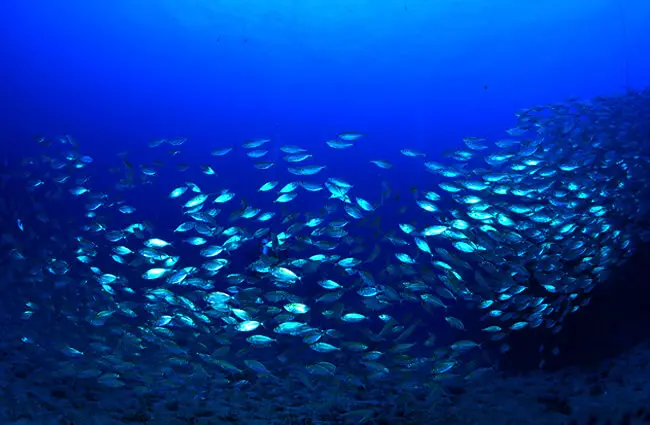
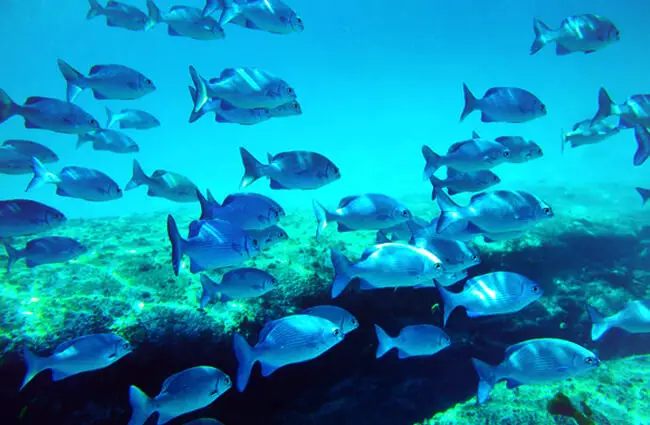

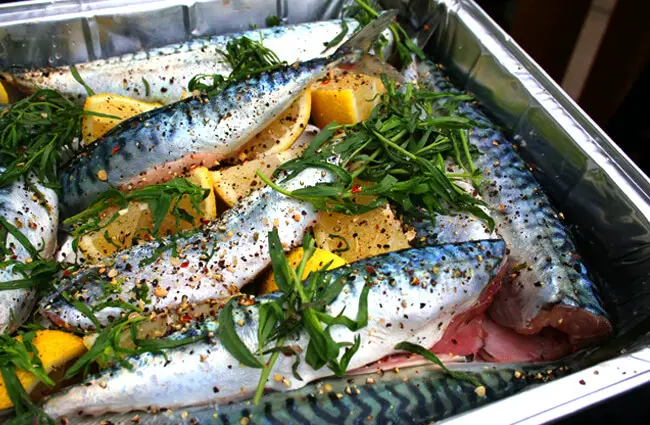
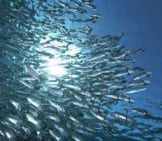
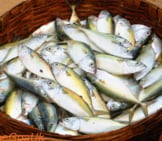

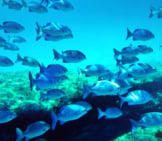
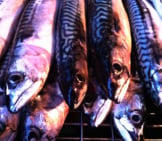
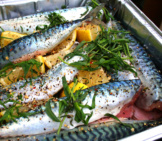
![Red Angus Closeup of a beautiful Red Angus cowPhoto by: U.S. Department of Agriculture [pubic domain]https://creativecommons.org/licenses/by/2.0/](https://animals.net/wp-content/uploads/2020/03/Red-Angus-4-238x178.jpg)












![Red Angus Closeup of a beautiful Red Angus cowPhoto by: U.S. Department of Agriculture [pubic domain]https://creativecommons.org/licenses/by/2.0/](https://animals.net/wp-content/uploads/2020/03/Red-Angus-4-100x75.jpg)

